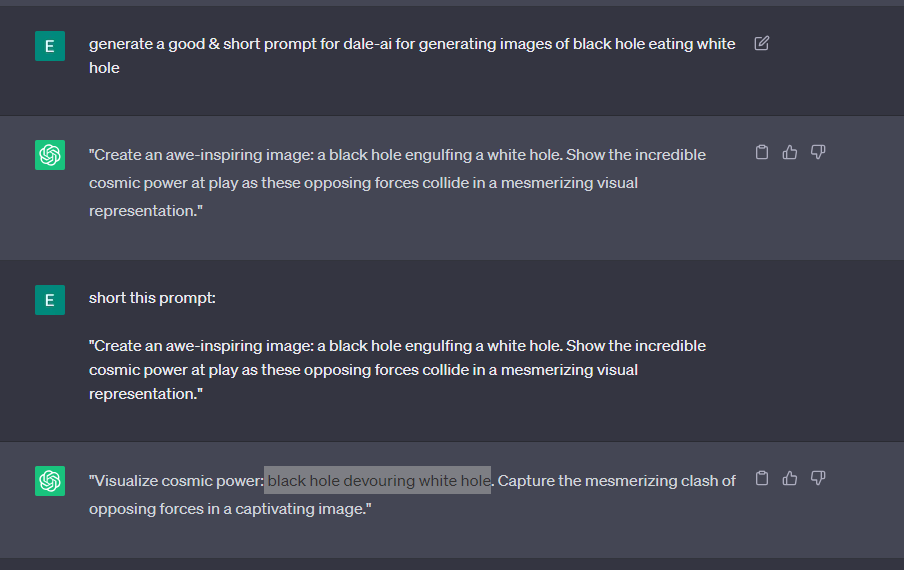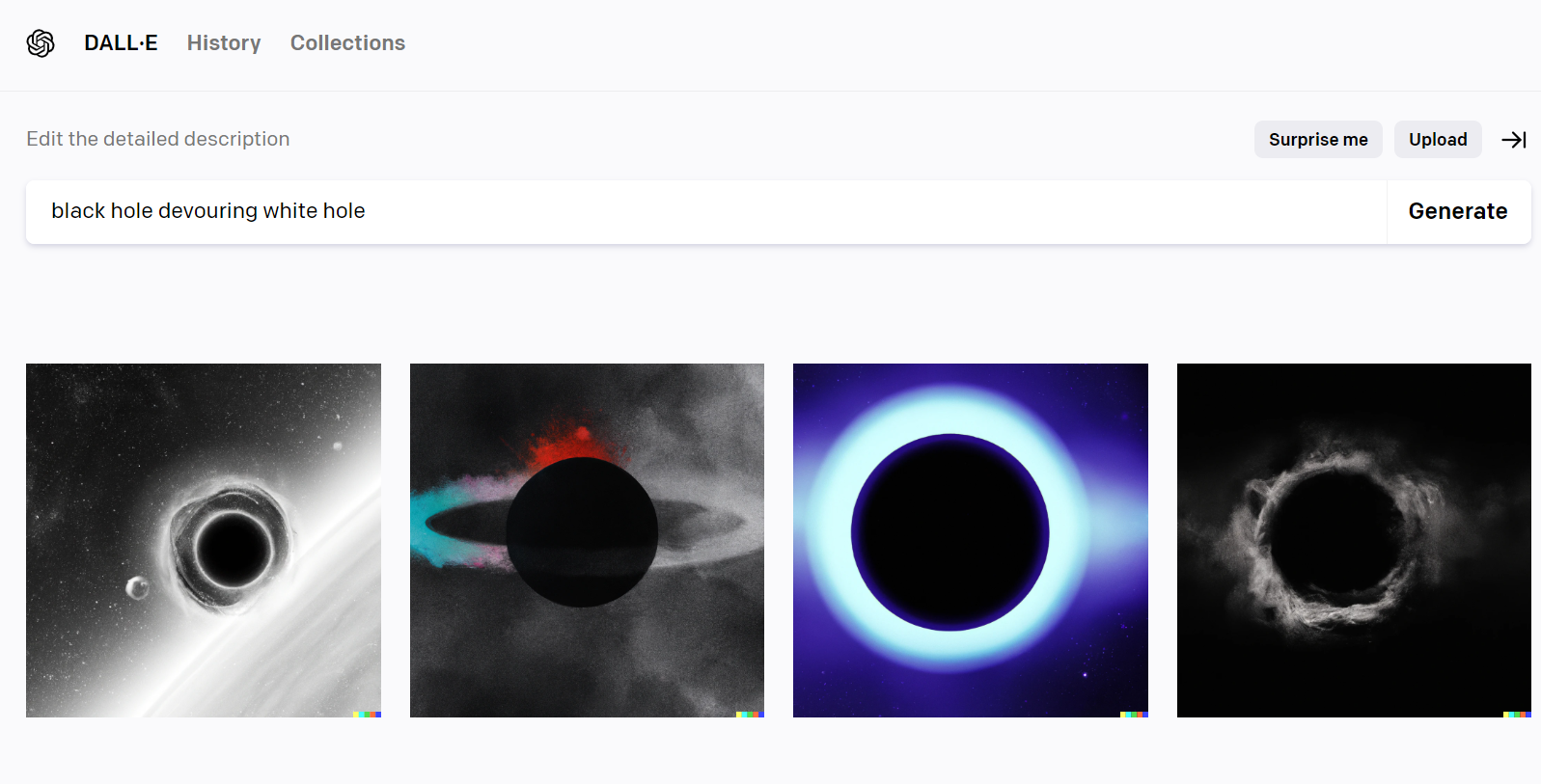Breification B27: What is Cross-Prompting? How it can Enhancing search results!
In recent years, chatbots have become increasingly prevalent in our daily lives. These artificial intelligence-powered conversational agents are deployed across various platforms, from customer service to virtual assistants, offering quick and efficient interactions with users. However, creating a chatbot that can engage in meaningful and contextually relevant conversations remains a significant challenge. One effective solution to improve chatbot interactions is through the strategic use of prompts.
Understanding Prompts
Prompts are carefully crafted messages or questions designed to guide and elicit specific responses from users. They serve as conversational cues, steering the conversation in a desired direction. By providing prompts, chatbots can actively engage users, encourage participation, and facilitate a smoother flow of conversation. Without prompts, chatbots often struggle to sustain engaging interactions and may risk becoming repetitive or irrelevant.
Driving Engagement and Personalization
Well-crafted prompts can also help personalize the interaction by tailoring responses to individual users' needs. By incorporating user-specific information into prompts, such as their name or previous interactions, chatbots can create a more personalized experience, fostering a stronger connection between the user and the AI agent.
Improving Conversation Flow
One of the challenges faced by chatbots is maintaining a natural and coherent conversation flow. Conversations can easily become disjointed or lose context, leading to frustrating user experiences. Prompts serve as effective tools to overcome this challenge. They can be used to recap previous messages, ask for clarifications, or provide relevant information to steer the conversation back on track.
Providing Assistance and Guidance
- Chatbots are often deployed to assist users with various tasks or provide information.
- Prompts can serve as guiding mechanisms, leading users through complex processes or providing step-by-step instructions.
- By breaking down tasks into smaller, manageable chunks and using prompts to guide users along the way, chatbots can simplify complicated workflows and make them more accessible to users.
- Well-designed prompts can offer valuable assistance, increasing user satisfaction and reducing frustration.
Creating an Engaging Personality
Prompts also play a crucial role in shaping the personality and tone of a chatbot. The language, style, and tone used in prompts contribute to the overall user experience. By adopting a friendly, empathetic, or humorous tone, chatbots can establish a unique personality that resonates with users. Moreover, prompts can be used to inject humor, share interesting facts, or even ask open-ended questions to spark engaging conversations. A chatbot with a well-defined personality can build rapport and leave a lasting impression on users.

Cross Prompts
Cross prompts refer to the use of contextual information from previous interactions to guide and shape the direction of ongoing conversations. Unlike traditional prompts that are more static in nature, cross prompts leverage the conversational history and user context to provide relevant cues and prompts. By referencing previous messages, actions, or user preferences, cross prompts help chatbots maintain continuity and coherence throughout conversations, making the interactions more personalized and engaging.
Enhancing Contextual Understanding
- One of the primary benefits of cross prompting is its ability to enhance the chatbot's contextual understanding.
- By leveraging past conversations, chatbots can refer back to specific topics, clarify ambiguities, or seamlessly continue discussions from where they left off.
- This contextual awareness allows chatbots to provide more accurate and relevant responses, demonstrating a deeper understanding of the user's intent and needs.
- Cross prompts ensure that conversations feel continuous, rather than disjointed, thereby improving the overall user experience.
Personalization and User Engagement
- Cross prompts contribute significantly to personalizing interactions with chatbots.
- By referencing prior interactions and user preferences, chatbots can tailor their prompts to the individual user, making the conversation feel more personalized and meaningful.
- For example, if a user has previously expressed a preference for a particular product or service, the chatbot can reference that preference and offer related suggestions or information.
- This personalization not only enhances user engagement but also builds trust and loyalty, as users feel understood and valued.
Seamless Transition and Flow
- Chatbots often struggle with maintaining a smooth conversation flow, especially when users switch topics or introduce new information.
- Cross prompting addresses this challenge by enabling seamless transitions and flow between different parts of the conversation.
- By reminding users of previous information or questions, chatbots can guide users back to the original topic or provide relevant context for new information.
- This ensures that the conversation remains coherent and natural, reducing confusion and frustration.
Driving Proactive Assistance
- Cross prompts also empower chatbots to deliver proactive assistance to users.
- By leveraging knowledge of past interactions, chatbots can anticipate user needs and offer helpful suggestions or prompts without explicit user requests.
- For example, if a user has previously asked about a specific feature of a product, the chatbot can proactively provide updates or additional information related to that feature. This proactive assistance demonstrates the chatbot's attentiveness and commitment to user satisfaction.

Results
 The Challenges of Cross Prompts
The Challenges of Cross Prompts
- While cross prompting offers numerous benefits, implementing it effectively poses certain challenges.
- Chatbot developers must ensure that the chatbot maintains a balance between referencing past conversations and avoiding repetitiveness.
- Additionally, the context from previous interactions must be accurately captured and utilized to generate relevant cross prompts.
- Careful design and testing are required to strike the right balance and create a seamless cross-prompting experience.
Advantages of Prompts for Chatbots

1. Enhanced User Engagement
Prompts capture users' attention and encourage active participation, resulting in increased engagement. They act as conversation starters, prompting users to respond and interact with the chatbot. Engaged users are more likely to have a positive experience and achieve their goals efficiently.
2. Personalization
Prompts allow chatbots to tailor responses based on user-specific information, such as their name, preferences, or previous interactions. By incorporating personalized elements, chatbots can create a more customized experience, making users feel valued and understood.
3. Improved Conversation Flow
Chatbots often struggle with maintaining a smooth and coherent conversation flow. Prompts address this challenge by guiding conversations, clarifying ambiguities, and providing relevant information. They help to bridge gaps in understanding and ensure that the conversation progresses naturally.
4. Contextual Understanding
Prompts enable chatbots to leverage context from previous interactions. By referring to past messages, actions, or user preferences, chatbots can provide more accurate and relevant responses. This contextual understanding enhances the chatbot's ability to comprehend user intent and deliver more meaningful conversations.
5. Proactive Assistance
Prompts empower chatbots to offer proactive assistance by anticipating user needs. Based on previous interactions, chatbots can provide relevant suggestions, recommendations, or reminders without explicit user requests. This proactive approach enhances user satisfaction and helps users achieve their goals more efficiently.
Applications of Prompts
1. Customer Service
Prompts are widely used in customer service chatbots to guide users through support processes. They can provide step-by-step instructions, ask for necessary details, or offer troubleshooting suggestions. By using prompts effectively, chatbots can streamline customer service interactions and improve issue resolution.
2. E-commerce
Chatbots in e-commerce applications can use prompts to assist users in finding products, making purchase decisions, and providing relevant recommendations. Prompts can ask about product preferences, suggest related items, or offer discounts and promotions. This personalized guidance enhances the shopping experience and drives sales.
3. Virtual Assistants
Virtual assistants rely heavily on prompts to facilitate various tasks such as scheduling appointments, setting reminders, or answering general inquiries. Prompts help guide users through complex workflows, clarify requirements, and provide relevant information. Virtual assistants with well-designed prompts offer efficient and effective support.
4. Education and Training
Chatbots used in education and training contexts can employ prompts to deliver instructional content, ask questions, or provide feedback. Prompts can guide learners through learning modules, encourage participation, and offer additional resources based on individual progress. This interactive approach enhances the learning experience and promotes knowledge retention.
5. Travel and Hospitality
In travel and hospitality applications, prompts assist users with booking accommodations, suggesting travel destinations, or providing information about local attractions. They can ask about travel preferences, offer personalized recommendations, or provide useful tips and advice. Prompts contribute to a seamless and enjoyable travel planning experience.
Conclusion
Prompting is an essential aspect of chatbot design and development. By using prompts strategically, chatbots can enhance user engagement, provide personalized experiences, improve conversation flow, and offer valuable assistance. Well-crafted prompts serve as conversational cues that guide and direct interactions, ensuring that the chatbot understands user intent correctly and responds appropriately. As chatbot technology continues to evolve, the effective use of prompts will remain crucial in creating engaging and meaningful conversations between humans and artificial intelligence agents.






